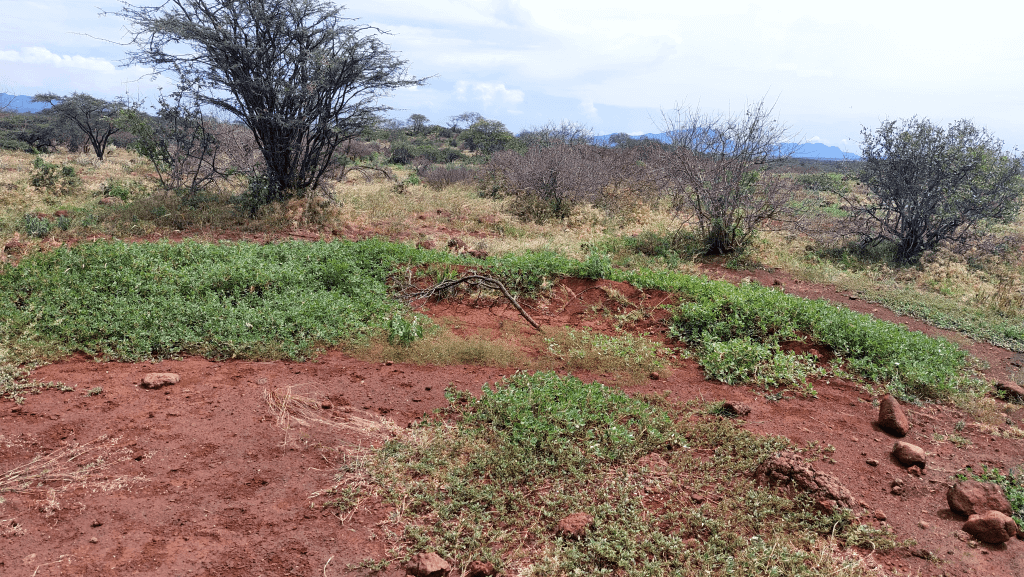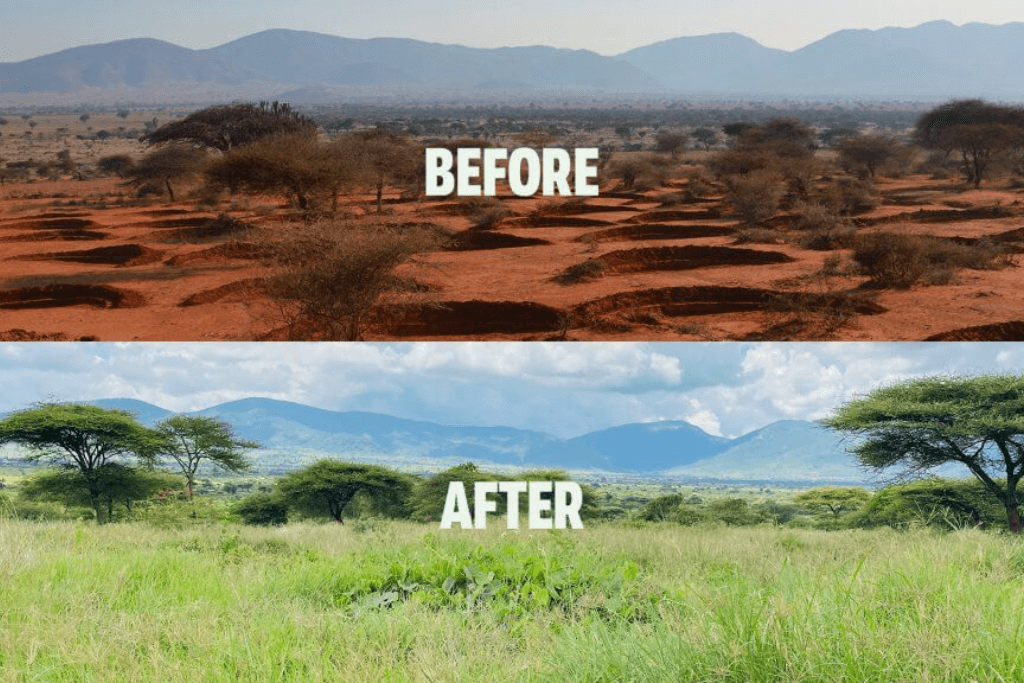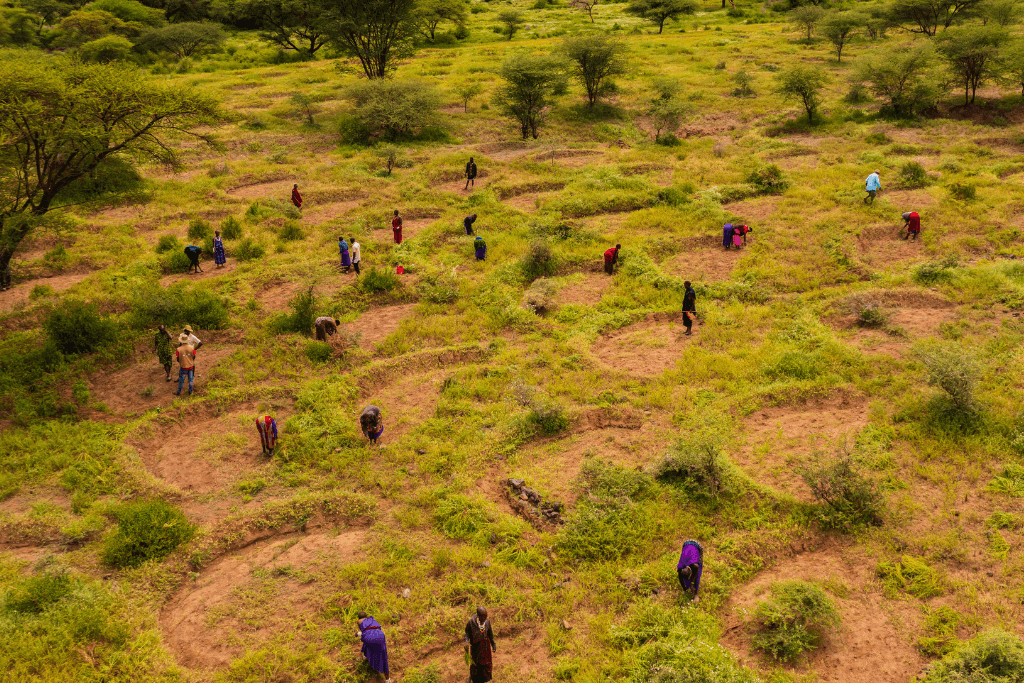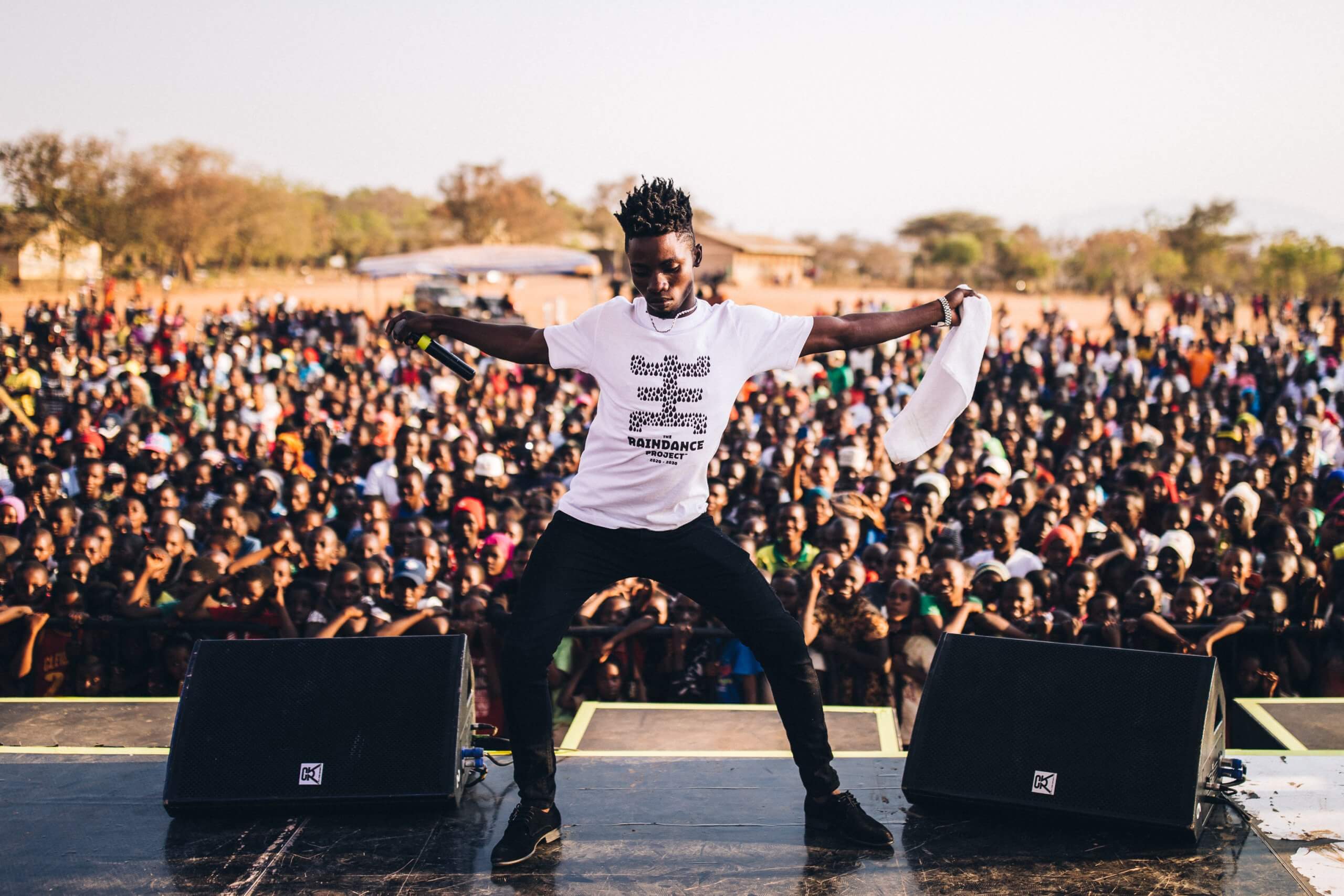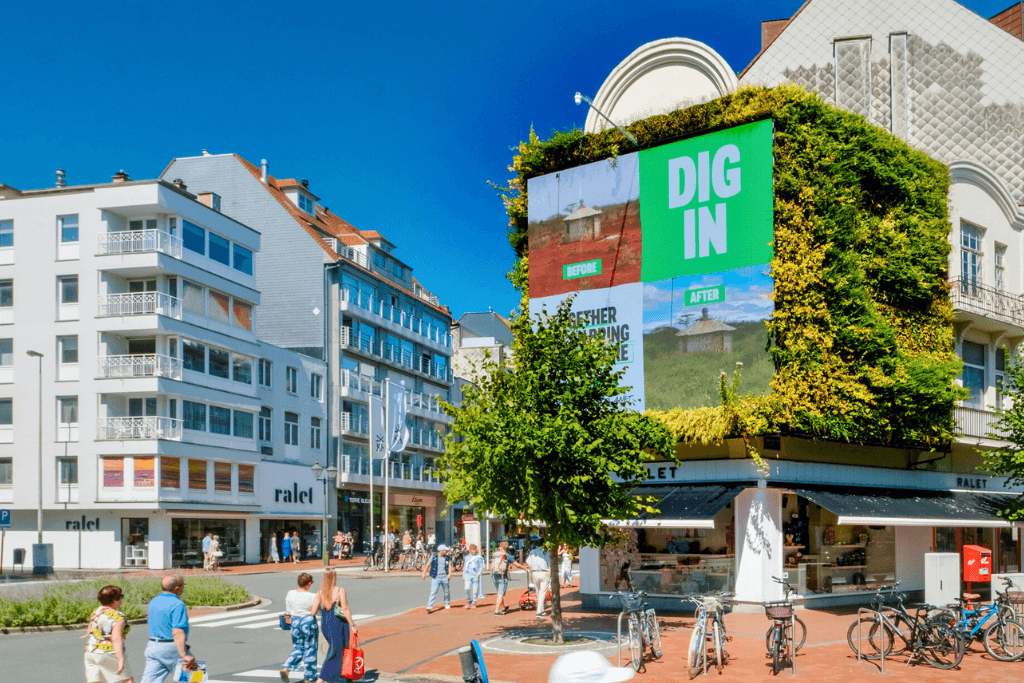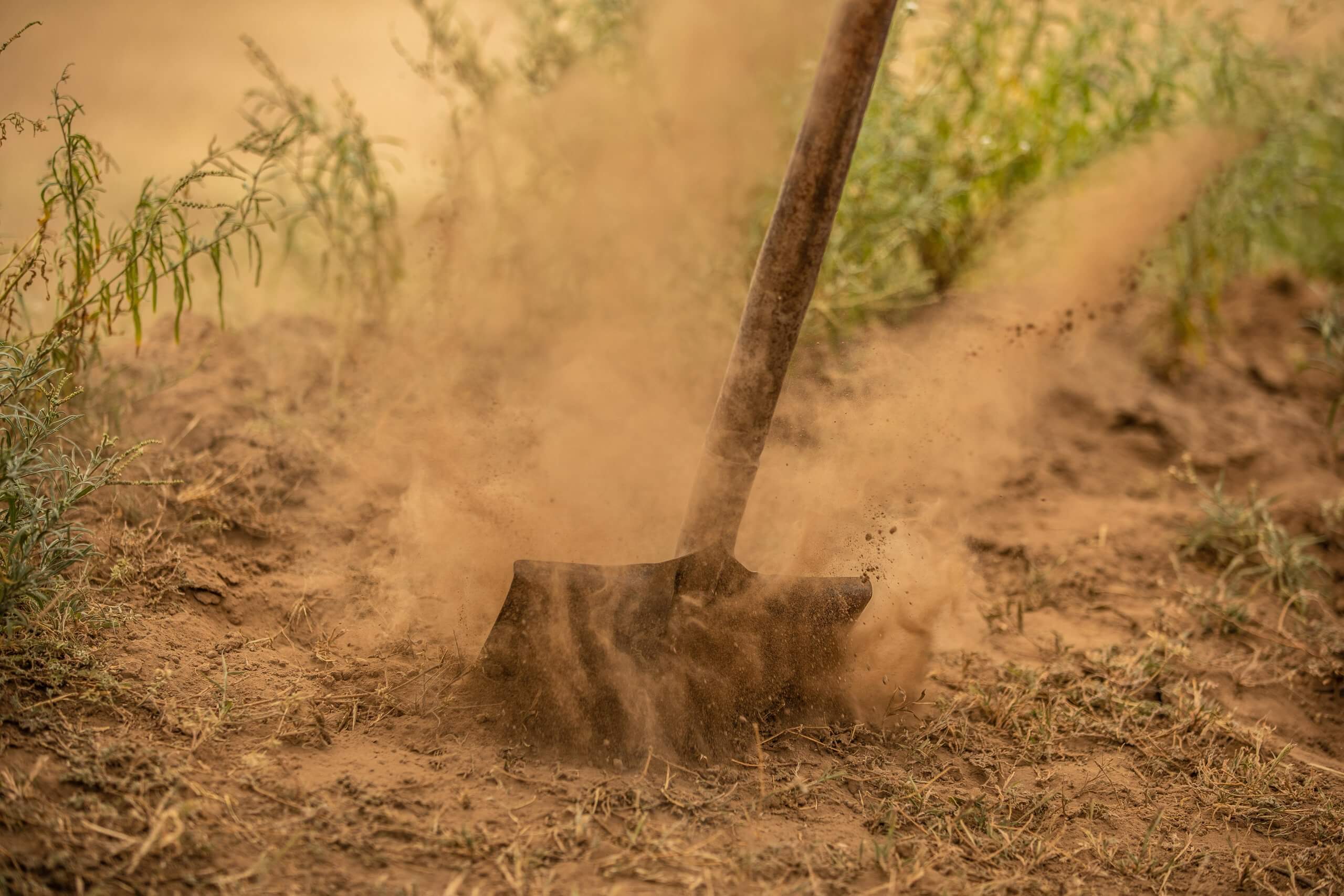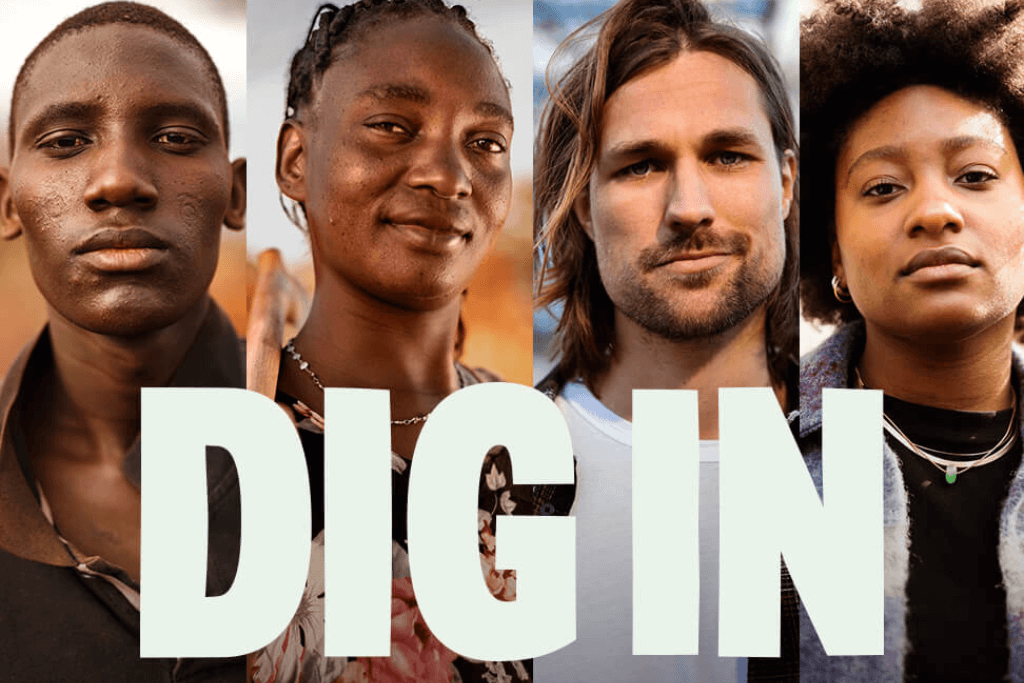Rombo – August 2024
Rombo Bund Site: An update from the field…
Over 50k new bunds
The impact of the restoration project in Rombo Group Ranch in southern Kenya – where your donation has been used – is becoming more and more visible. Together with our amazing partner, Maasai Wilderness Conservation Trust (MWCT), and a dream team of diggers, rangers, fundi’s (artisans), and other members of the community, 57,100 new bunds have been dug here. A remarkable team effort!
There are already many people benefiting from this project, either directly or indirectly. A total of 116 people are directly benefiting from the project through temporary employment as diggers, artisans (fundi’s), or technical team members, of which 53 people are young people and 43 (37%) are women. The number of people that are indirectly benefiting from the project in the wider area is four times higher, 464.
The weather report
As you can imagine, successful results of rainwater harvesting techniques such as bunds depend on the amount of rainfall in the area. Water causes the seeds in the bunds to germinate, resulting in the return of perennial grasses and other vegetation.
During the March-April rainy season in 2023, the Rombo bund site received one little rain shower after the bund construction and seeding. The October-December rains were more promising, with more precipitation compared to the previous season. This positively affected the healing of the gullies in the area. The rains also led to the growth of weeds inside and outside the bunds as shown in the photos above.
Since they are annuals, the weeds dried up quickly with the onset of the dry season. The growth of the grass was further discouraged by the presence of the invasive species ‘ipomea’ that colonised the area and soil inside the bunds.
Wildlife returns
Humans aren’t the only beneficiaries of these recovering ecosystems – animals love healthier soils and greener surroundings too! An incredible positive result of the abovementioned regreening efforts in Rombo is increased grazer and wildlife sightings. As you can see, giraffes follow other grazers as they are social animals and find their way back to this area.
Since the young vegetation within the bunds is still vulnerable at this stage, we cover the bunds with twigs to prevent grazing by the wildlife on the sprouting grasses inside the bunds. This allows more growth and seeds to be dispersed (also) outside the bunds, allowing the area to recover to its former glory.
Assessing the impact of the projects
8 rangers from the Rombo community have been instrumental for keeping the site secure and collecting data for the sustainable utilisation of the site. Data collection is done seasonally through observation of changes in vegetation cover, photography, and wildlife sightings. This is an essential process for assessing the impact of the project.
To measure the impact even further, the site assessment field visit was conducted by our Justdiggit tech team and MWCT, who recommended reseeding the bunds to encourage the germination of good pasture grasses.
What’s next?
Regreening is done together. That’s why we’re always looking for new ways to increase community involvement in our projects. We are planning community events with herders and other people from the Rombo community who live outside the conservancy to strengthen the community ownership over the project.

